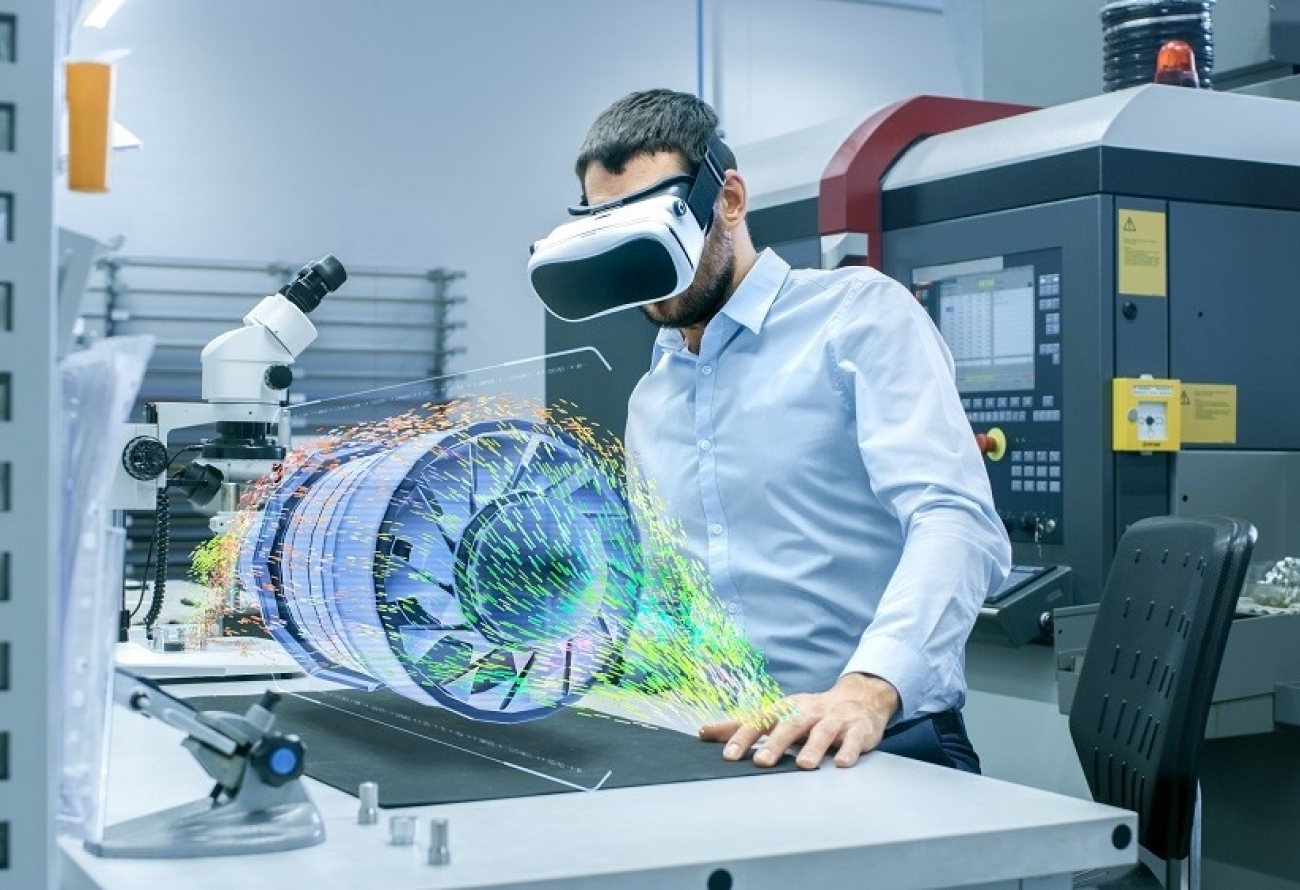
Virtual Reality Application
The application of virtual reality is the use of computer technology to create a simulated environment. The most immediately recognizable component of VR is the head-mounted display (HMD). Humans are visual creatures, and display technology is often the biggest difference between immersive VR systems and traditional user interfaces. Major players in VR include HTC Vive, Oculus Rift, and PlayStation VR (PSVR).
VR allows engineers and designers to easily test out the look and feel of a vehicle before committing to expensive prototypes. Brands like BMW and Jaguar Land Rover are already using VR to conduct early design and engineering reviews to check the vehicle’s visual design and object shading.
The application area for virtual reality is quite broad. Many people are familiar with the term “virtual reality” but are unsure about the uses for this technology. Gaming is an obvious application of virtual reality, as are virtual worlds, but there are many other uses for virtual reality. Some are more challenging or unusual than others.
Where is virtual reality used?
Here is a list of many VR applications:
Movies
Sports
Live Concerts or Shows
Travel
Museums
Shopping and eCommerce
Surgery and Medicine
Therapy and Rehabilitation
Mental Health
Space Exploration
Military and Defense
Courtrooms and Justice
Automotive Manufacturing
Awareness Raising
Education
There are many more uses for VR than first realized, from academic research to engineering, design, business, art and entertainment. But regardless of the use, VR generates a wealth of data that is then used to develop new models, training methods, communication and interaction. In many ways, the possibilities are endless. The only obstacles are time, cost and technological limitations. VR systems like the CAVE system are expensive and time-consuming to develop. There are also ergonomic issues, particularly the need to design systems that are “user-friendly” and unlikely to cause problems like motion sickness. But if these issues can be solved, there is an exciting future for VR.
Virtual reality application technology is here and is already being used in many industries, not just games. VR has created many opportunities and advancements, and has positively changed the way we consume content, process information, and practice professions.

